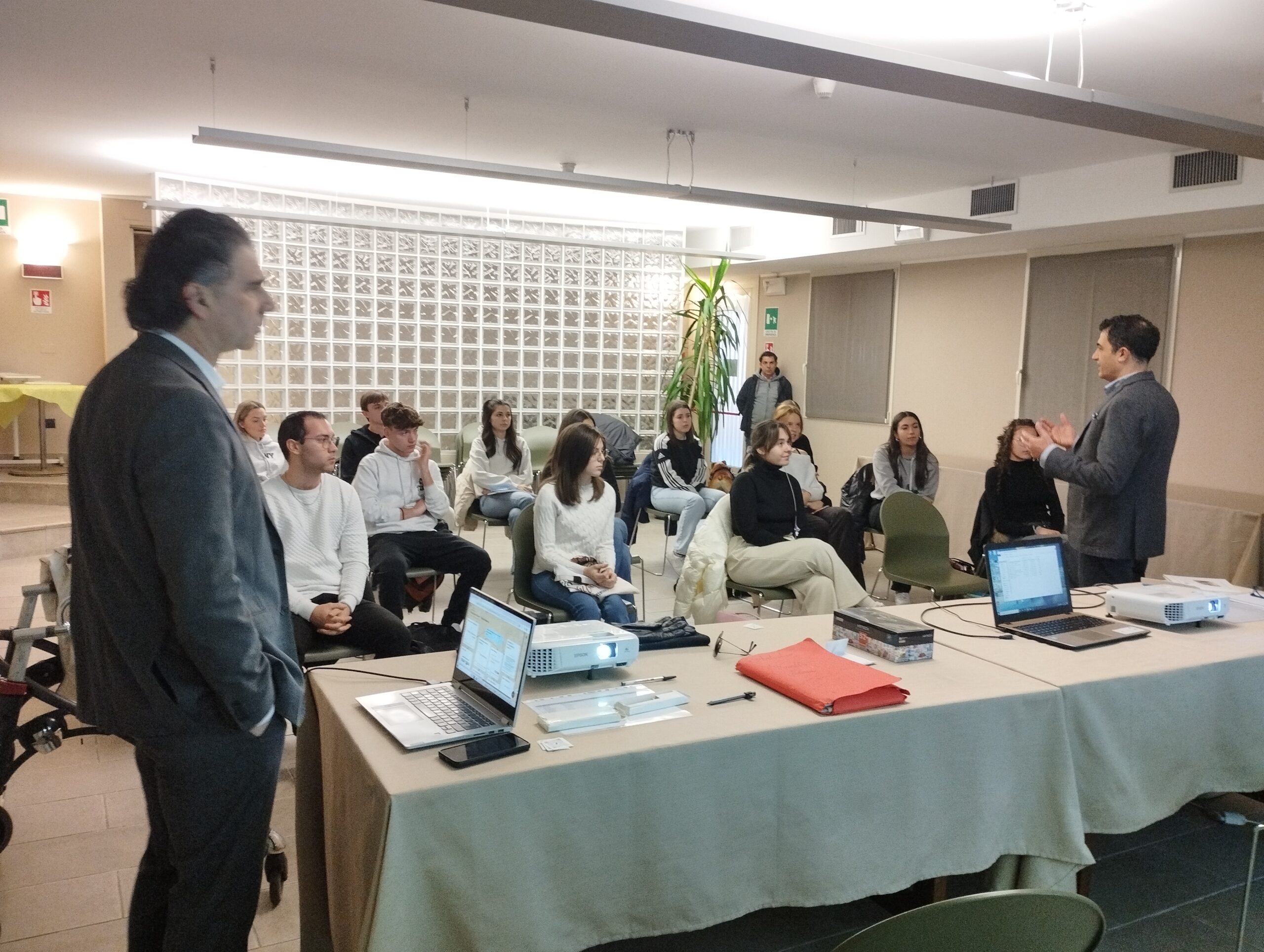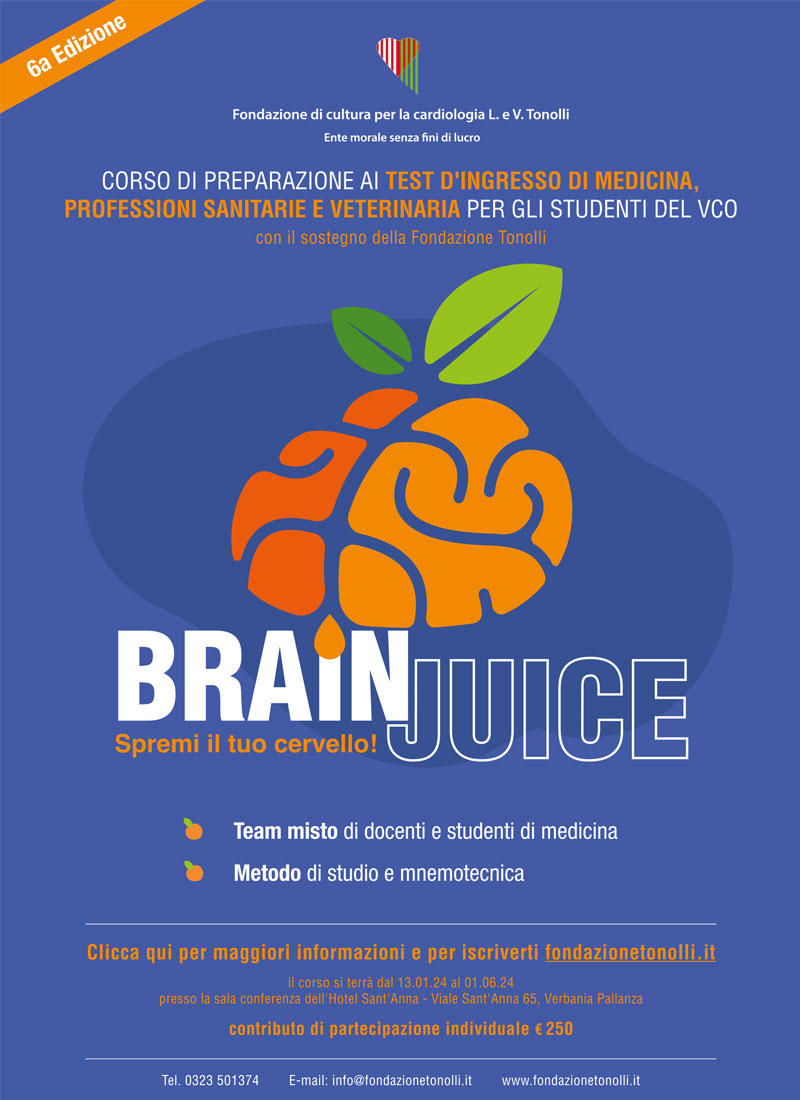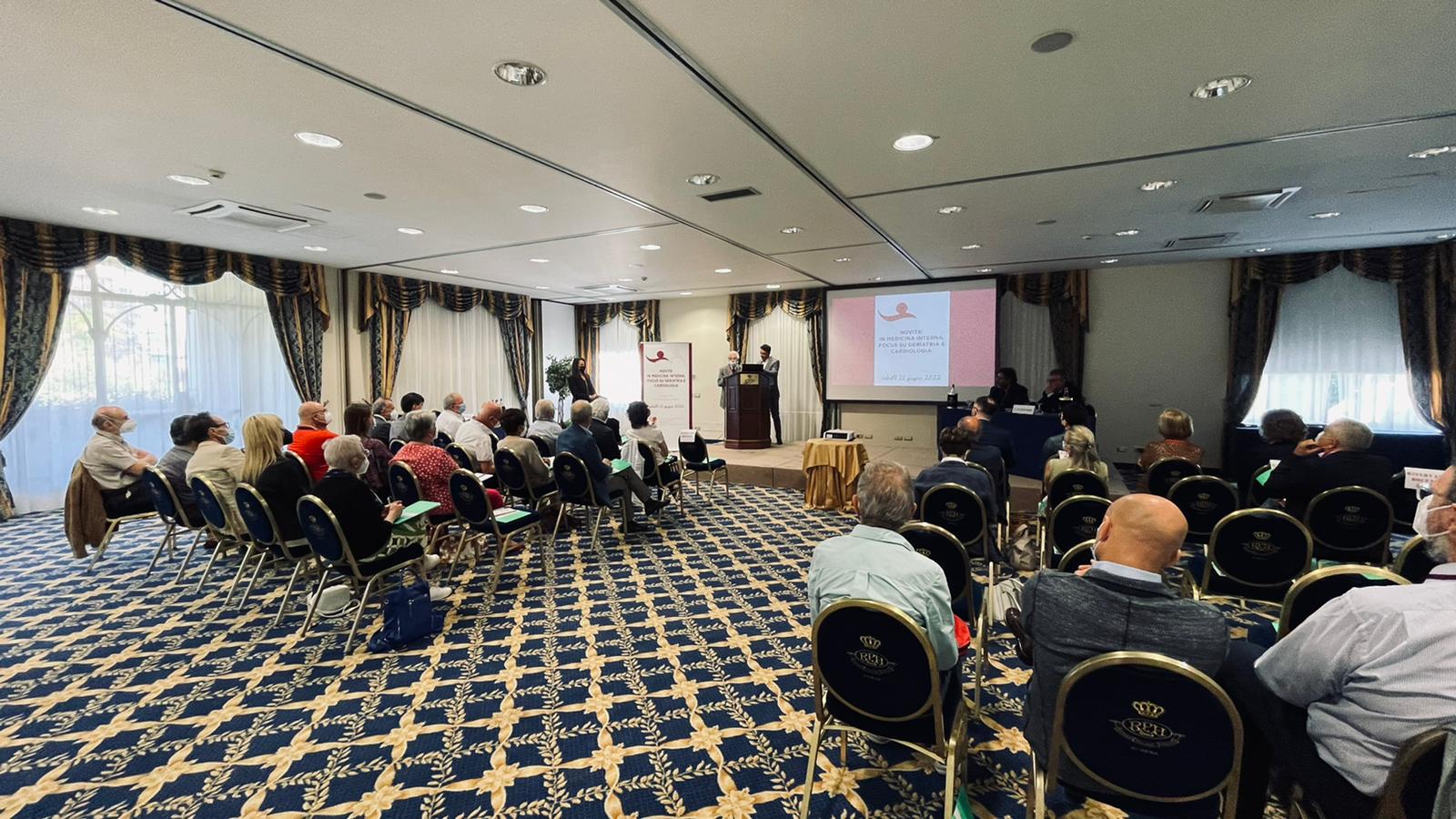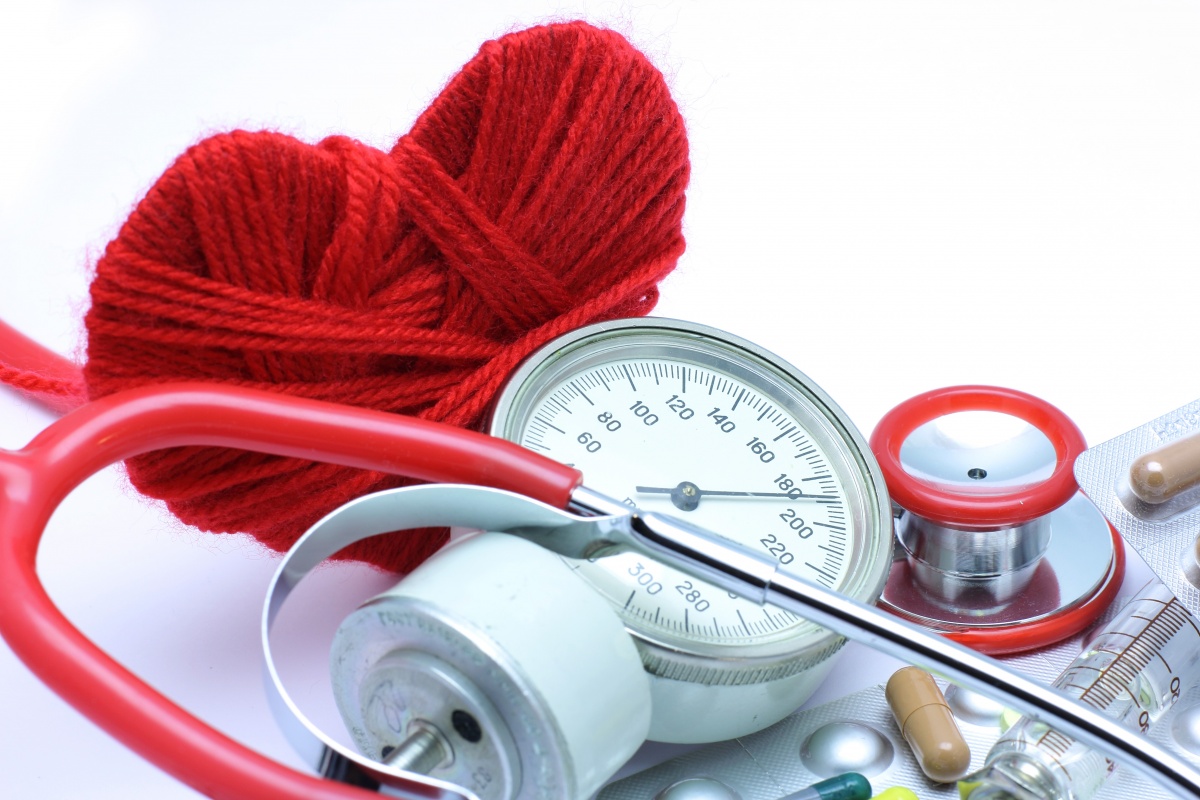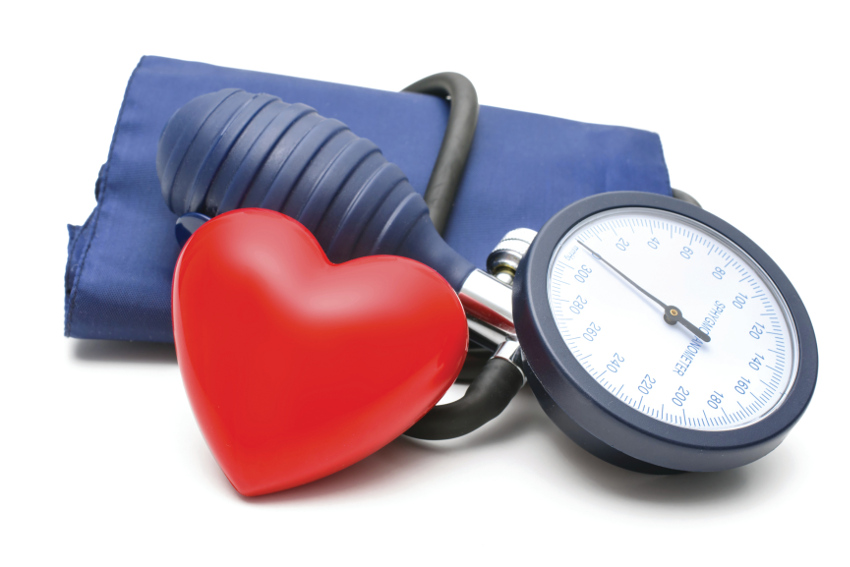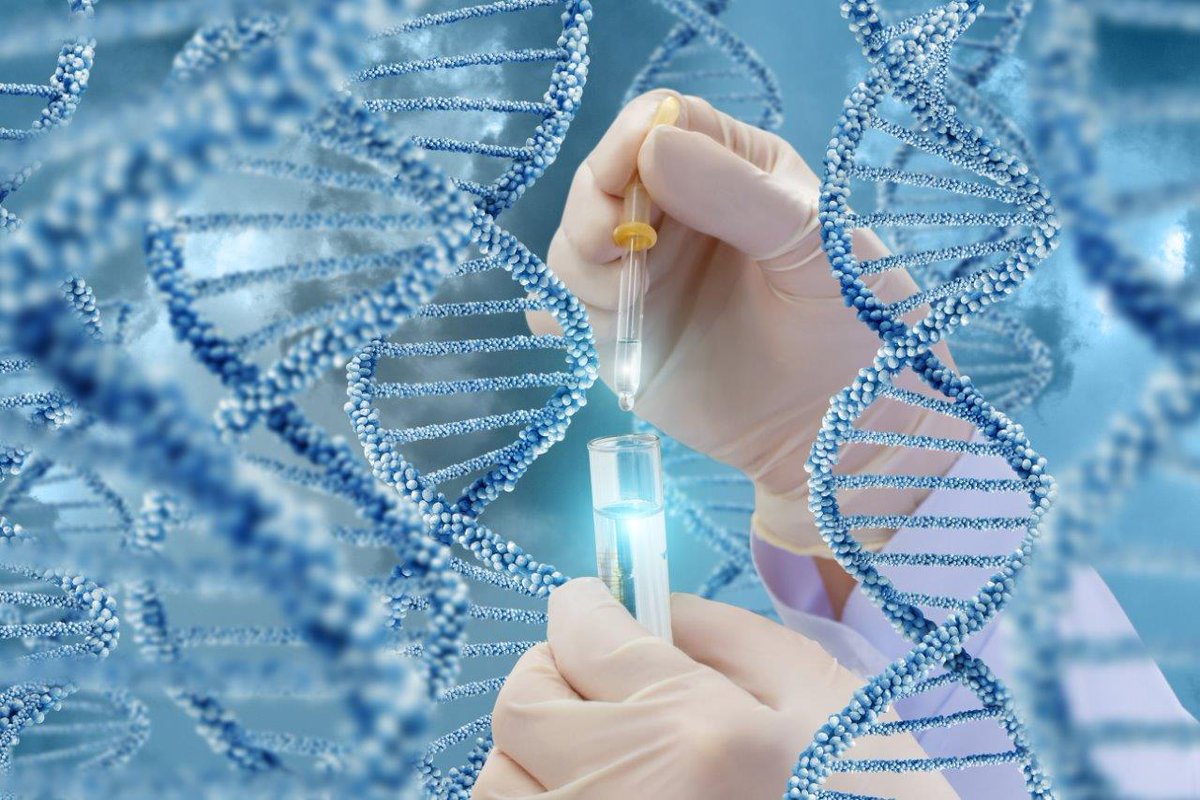We are pleased to inform you that the Livia and Vittorio Tonolli Foundation of Verbania has once again established a competition this year for the awarding of two study support grants, each worth €1,500, aimed at students from the VCO who have passed the admission test to the Faculty of Medicine and are officially enrolled in the first academic year 2024/25 at an Italian university.
Preparatory course for the Tests of Medicine, Health and Veterinary Professions for VCO students
On Saturday 13 January 2024, the Preparatory Course for Tests took place in the Conference Room of Sant’Anna Hotel in Verbania.
Ipertensione arteriosa: un nemico silenzioso
In occasione della Giornata Mondiale contro l’ipertensione arteriosa, il Dott. Stefano Bertuol ha scritto un articolo sintetico e incisivo sulle modalità di diagnosi e terapia dell’ipertensione arteriosa che “non lascia scampo”: il paziente ha una guida sicura, il medico non trascura l’essenziale.
Elogio della capacità di arrossire
a cura di: Fabio Gabrielli, Professore di Antropologia filosofica e Preside della Facoltà di Scienze umane della L.U. de S. Lugano
«La perdita della relazione umana (spontanea, reciproca, simbolica) è il fatto fondamentale delle nostre società. È su questa base che si assiste alla reiniezione sistematica di relazione umana – sotto forma di segni – nel circuito sociale e al consumo di questa relazione significata, di questo calore umano significato. L’hostess accompagnatrice, l’assistente sociale, l’ingegnere in relazioni pubbliche, la pin-up pubblicitaria, tutti questi apostoli funzionari hanno per missione secolare la gratificazione, la lubrificazione dei rapporti sociali attraverso il sorriso istituzionale. Dappertutto si vede la pubblicità imitare i modi della comunicazione privata, intima, personale. La pubblicità si sforza di parlare alla casalinga col linguaggio della casalinga di fronte, al dirigente e alla segretaria come il suo principale o il suo collega, a ciascuno di noi come un nostro amico, come il nostro Super-io, o come una voce interiore al modo della confessione. La pubblicità produce così intimità là dove non ce n’è, tra gli uomini, tra questi ultimi e i prodotti, secondo un vero processo di simulazione».
Non di solo farmaco è fatta la terapia anti ipertensiva
L’ipertensione arteriosa è una condizione caratterizzata dall’elevata pressione del sangue nelle arterie, che è determinata dalla quantità di sangue che viene pompata dal cuore e dalla resistenza delle arterie al flusso del sangue; interessa circa il 30% della popolazione adulta di entrambi i sessi.
Paesaggi del dolore e della sofferenza
a cura di: Fabio Gabrielli, Professore di Antropologia filosofica e Preside della Facoltà di Scienze umane della L.U. de S. Lugano
Come è noto il dolore e la sofferenza disegnano profili esistenziali diversi. Il dolore presuppone passività, rinvia a cause, determina un male oggettivo ed è moralmente neutro; la sofferenza implica reattività, rinvia al reperimento di un senso/non senso e, quindi, è moralmente rilevante. In altri termini, il dolore è un evento oggettivo, un accadimento tragico, sul quale la coscienza esercita una riflessione (sofferenza) improntata ad una diversificata pluralità di tonalità affettive: dallo sgomento alla rabbia, dalla rassegnazione alla compassione, passando per l’angoscia, il mistero del male, il senso incarnato della precarietà del vivere.
Medicina personalizzata: un esempio nella terapia dei tumori
a cura di: Silvio Garattini, Direttore, IRCCS, Istituto di Ricerche Farmacologiche “Mario Negri”, Milano
Il sogno di una medicina personalizzata non è nuovo. Da sempre si ritiene che ci si debba prendere cura dell’ammalato e non della malattia, riconoscendo che le malattie sono una semplificazione diagnostica di una situazione eterogenea. Con il tempo e con lo sviluppo delle tecnologie e delle conoscenze, si sono fatti molti tentativi. Ad esempio, la possibilità di misurare le concentrazioni dei farmaci nel sangue ha permesso di stabilire che la stessa dose dello stesso farmaco dava luogo in differenti soggetti a concentrazioni ematiche molto differenti. Ciò ha fatto pensare alla possibilità di cambiare la dose a seconda della concentrazione ematica per personalizzare il trattamento. I cambiamenti di dose hanno permesso di ottenere qualche risultato positivo, ma in realtà si è poi osservato che eguali concentrazioni di farmaco non permettevano di ottenere una omogeneità di effetti terapeutici.


